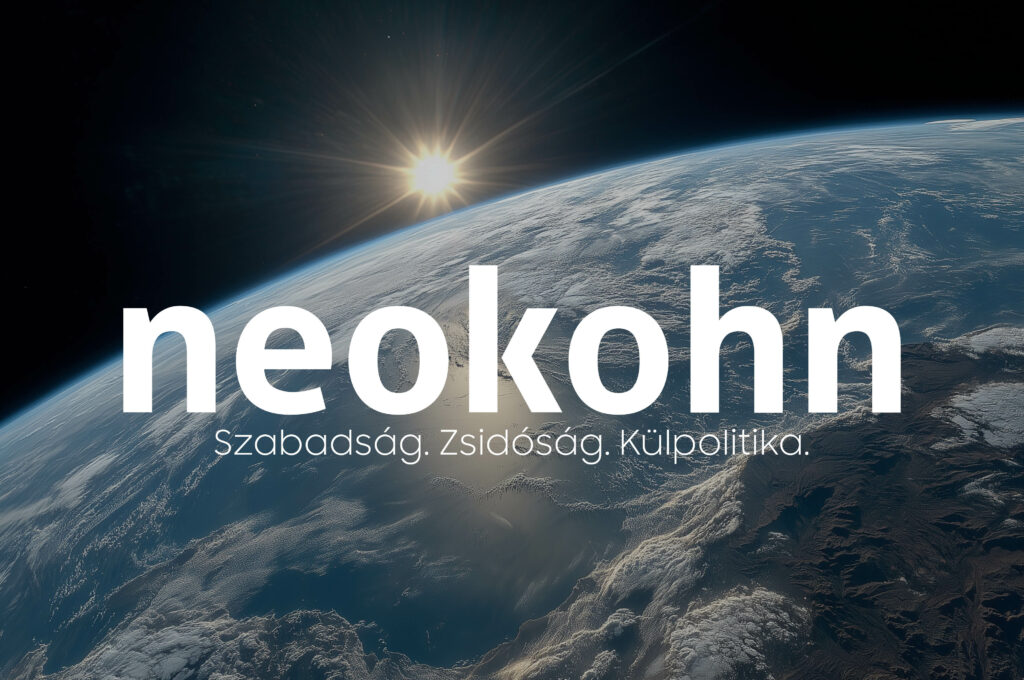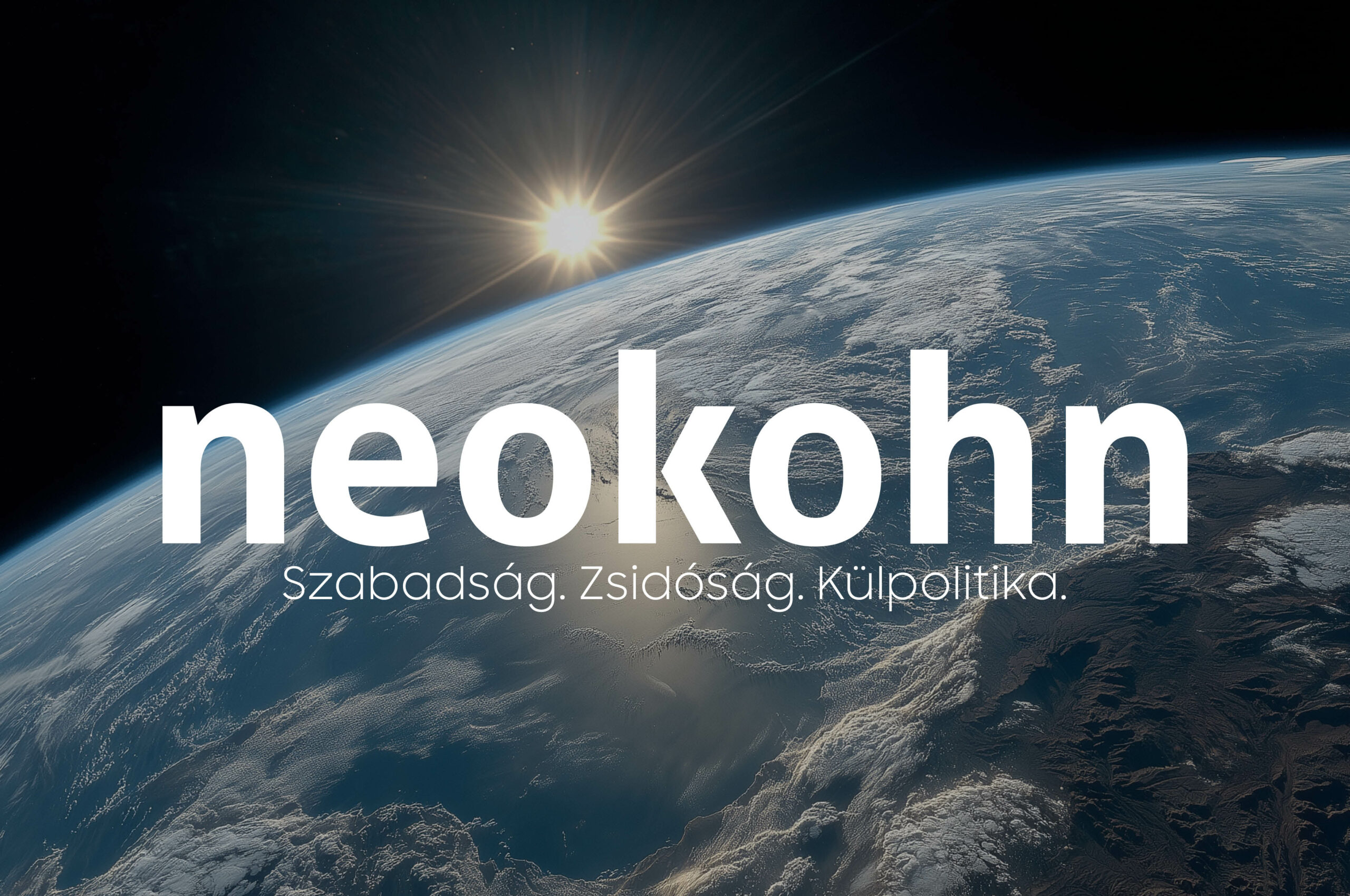Alfred Eisenstaedt, a photographer for LIFE magazine, attended the League of Nations meeting in Geneva. It was September 1933, and one of the political figures there was none other than Nazi Propaganda Minister Joseph Goebbels, one of Hitler’s most devoted subordinates known for his “homicidal antisemitism.”
Eisenstaedt was able to photograph Goebbels freely at first, as the latter did not know Eisenstaedt was a Jew of German descent. Initially, the Nazi was friendly and cheerful.
But after learning that Eisenstaedt was a Jew, Goebbels’ demeanor changed dramatically. When the photographer got close to Goebbels, hoping to catch a candid photo, his smile was nowhere to be seen; he instead simply “scowled.”
Eisenstaedt later discussed the photo, dubbed „the eyes of hate.”
„I found him sitting alone at a folding table on the lawn of the hotel. I photographed him from a distance without him being aware of it. As documentary reportage, the picture may have some value: it suggests his aloofness. Later I found him at the same table surrounded by aides and bodyguards. Goebbels seemed so small, while his bodyguards were huge. I walked up close and photographed Goebbels.
It was horrible. He looked up at me with an expression full of hate. The result, however, was a much stronger photograph.
There is no substitute for close personal contact and involvement with a subject, no matter how unpleasant it may be.”
– he wrote.
“He looked at me with hateful eyes and waited for me to wither. But I didn’t wither. If I have a camera in my hand, I don’t know fear.”
– he added.
This powerful photograph has become one of Eisenstaedt’s most famous, but not his most iconic one, which was taken on August 14, 1945.
At the end of the Second World War, a few months after Goebbels had committed suicide, Eisenstaedt photographed a sailor celebrating the surrender of Japan by kissing a random nurse in New York.






